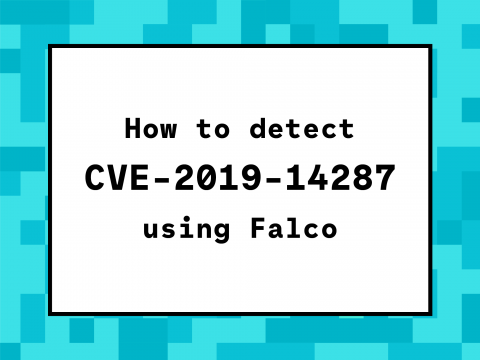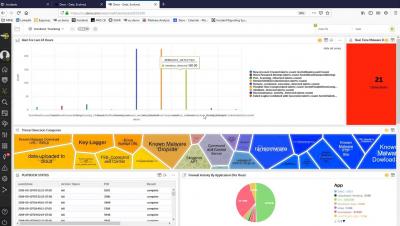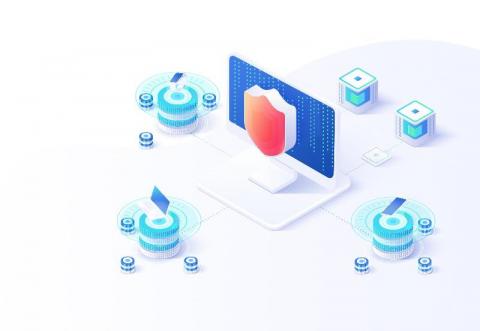The Evolution of Phishing: The Spear Is Aimed at You
You can’t go a week without seeing a story about a data breach or ransomware hitting organizations. These breaches can be very costly, but they still continue to show up. Are the good guys not winning the cybersecurity war? Organizations invest millions of dollars in security products and services, but they keep getting breached.









